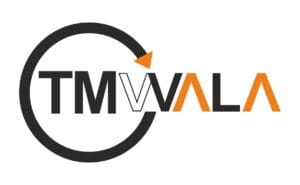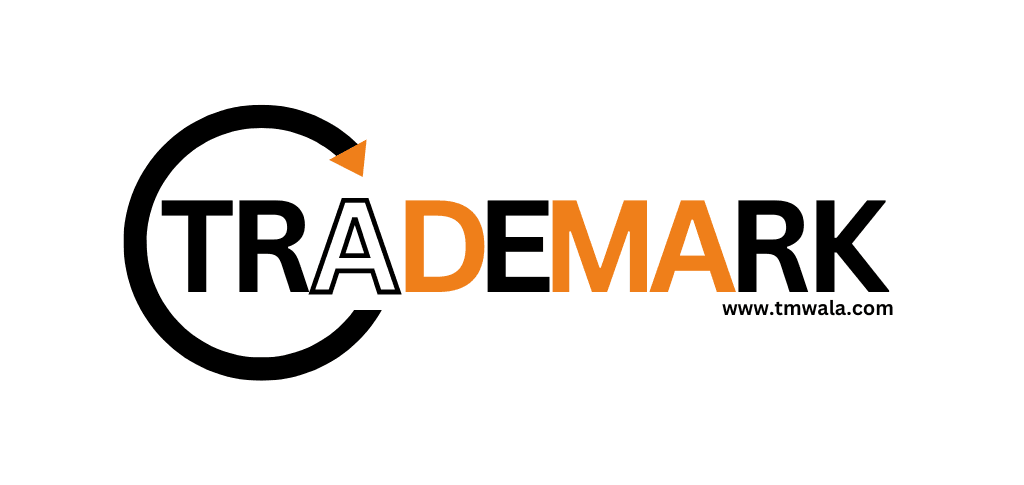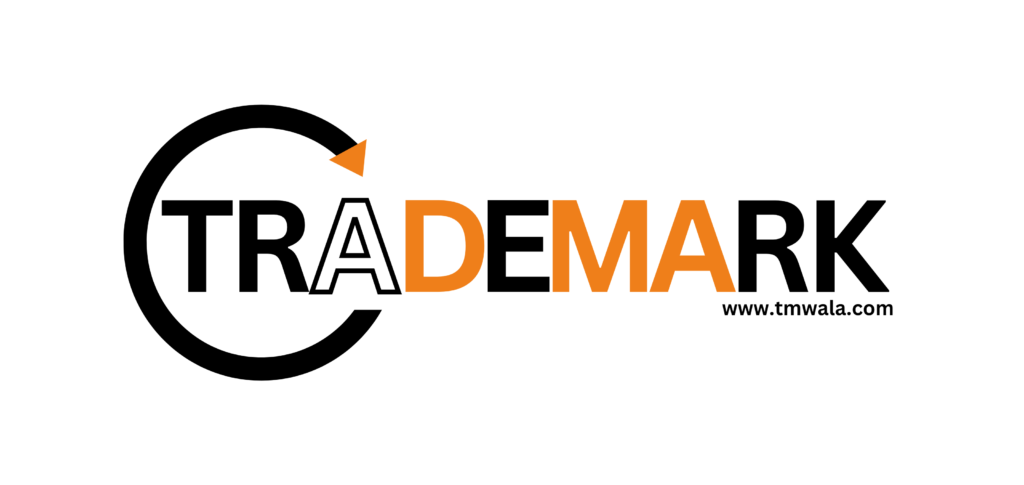
INTRODUCTION
You must first register your trademark if you wish to acquire rights over it. In India, registering a trademark is a crucial first step for any company or individual looking to build and safeguard their brand. One registers their brand under the trademark legislation of 1999, which is overseen by the Office of the Controller General of Patents, Designs, and Trademarks, to safeguard their brand identification. Following registration, the owner of the trademark is granted exclusive rights to the class of goods and services it represents.
The steps involved in registering a trademark in India, including how to do so, the trademark registration process, the trademark registration timeline, and the trademark filing fees, will all be covered in this article.
TMWALA ensures compliance with each step, which makes from trademark registration journey smooth.
One form of intellectual property that distinguishes one brand’s goods and services from those of other brands is a trademark. A trademark might be a single word, phrase, symbol, emblem, or a combination of these. Since the owner of a trademark has the sole right to use it, they may complain if someone else tries to use it for their products or services. A trademark identifies the owner of a particular good or service.
Trademark as defined under section 2(1)(zb) is “trade mark” means a mark capable of being represented graphically and which is capable of distinguishing the goods or services of one person from those of others and may include the shape of goods, their packaging and combination of colours;”
The first step is to determine whether the mark you are attempting to acquire for your company is available. To accomplish this, you should conduct a trademark search, which varies depending on your jurisdiction. You may also look for the mark’s availability abroad. You can then continue with the registration process if the mark is available.
Either in person at the trademark registry office or online at IP India’s official website, the trademark application must be filed in FORM TM-A. Depending on the nature of the business, the application may be submitted for a single class or multiple classes.
Trademark Registration Process in India includes the following steps
The Trademark registration timeline starts with a trademark search:
Overall Timeline
The trademark filing fees in India can differ based on the applicant type and the filing method. For individuals, startups, and small businesses, the fee is rupee 4,500 per class for online filing,i.e., E-filing, and rupee 5,000 per class for physical filing. For other entities, such as companies, LLPs, and partnership firms, the fee is ₹9,000 per class for online filing and ₹10,000 per class for physical filing.
You can get the best trademark filing deal with TMWALA.
In India, trademark registration is essential for having exclusive rights over your applied trademark. The Trademark registration process in India includes several steps from conducting a trademark search to trademark renewal.
The Trademark registration timeline typically takes 12 to 18 months to complete without opposition, and with opposition, it may take up to 30 months.
The trademark filing fee depends on the applicant type and the filing method. For online filing, it can be 4,500 rupees or 9,000 rupees, and for offline filing, it can be 5,000 rupees or 10,000 rupees. Differ based on business type, whether a single firm or LLP, or a Partnership firm.
TMWALA can make this complicated journey easy for you by dealing with all the compliance checks and offering you the best advice at each stage.
Get started instantly

TMWala
Your one stop shop for all your business registration and compliance needs.
Our Services
© Copyright TMWala. All rights reserved
Choose your Entity Type
Individual/ MSME/ Sole Proprietorships
Non-MSME/ Large Entities

₹1,500.00 Original price was: ₹1,500.00.₹999.00Current price is: ₹999.00.
Trademark Application @ ₹999* (Basic Discounted Plan for MSME/Individual/Sole Proprietorships) Best-Selling, Economical & Easy

₹1,500.00 Original price was: ₹1,500.00.₹999.00Current price is: ₹999.00.
Trademark Application @ ₹999* (Basic Discounted Plan for Non-MSMEs/Large Entities) Best-Selling, Economical, Quick and Easy
Choose your Entity Type
Individual/ MSME/ Sole Proprietorships
Non-MSME/ Large Entities
₹3,500.00 Original price was: ₹3,500.00.₹1,999.00Current price is: ₹1,999.00.
Government Fees
₹4500/-
₹3,500.00 Original price was: ₹3,500.00.₹1,999.00Current price is: ₹1,999.00.
Government Fees
₹9000/-
Choose your Entity Type
Non-MSME/ Large Entitie
Individual/ MSME/ Sole Proprietorships

₹15,000.00 Original price was: ₹15,000.00.₹6,999.00Current price is: ₹6,999.00.
Trademark Application @ ₹6999* (Premium Discounted Plan for Non-MSMEs/Large Entities) Comprehensive
Government Fees
₹9000/-

₹15,000.00 Original price was: ₹15,000.00.₹6,999.00Current price is: ₹6,999.00.
Trademark Application @ ₹6999* (Premium Discounted Plan for MSME/Individual/Sole Proprietorships) Comprehensive
Government Fees
₹4500/-